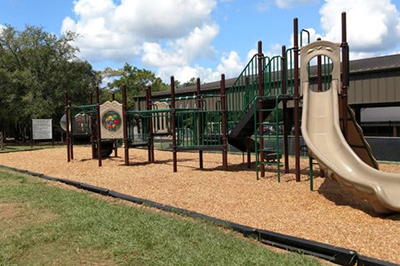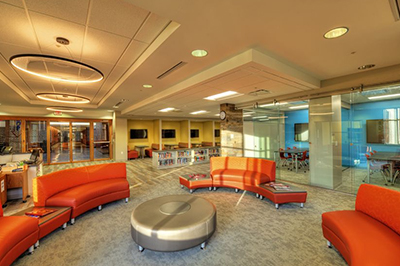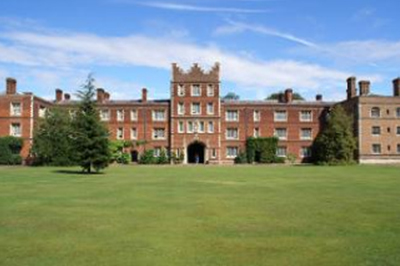Outdoor Areas
Outdoor Areas
Playground and Outdoor Activity Areas
Outdoors area provided for students to play on and exercise.
From the supporting literature (linked), it was noted that healthy environment for learning promotes the creation and improvement of outdoor spaces for learning and other outdoor activities. Outdoor areas used as learning spaces and other outdoor activities enhance students health, behavior, and academic performance.
Some parts of the results of the OKHS field study is not consistent with the findings of the literature reviews.
Outdoor Learning Spaces (OLS)
Designated outdoor space designed for formal learning.
From the supporting literature (linked), it was observed that providing outdoor learning area is necessary for decrease discomfort provided by interpersonal closeness. A healthy environment for learning promotes the creation and improvement of outdoor spaces for learning and other outdoor activities. Outdoor areas used as learning spaces and other outdoor activities enhance students health, behavior, and academic performance.
Direction Window Face in a room.
From the supporting literature (linked above), Northern and Southern classroom orientations improve energy saving in buildings. Classroom window orientation influences the amount of air that goes in and out of a classroom, and also the quality of indoor air.
Common Spaces
Social gathering spaces controlled by school staff and used by students and staff.
From the supporting literature (linked), providing common spaces in schools is good for students health, behavior, and academic achievements. It improves the sense of belonging and unity among students.
Landscaping
Open spaces that are intentionally landscaped.
From the supporting literature (linked), the field of landscaping is influenced be the learning spaces.
References
1. Blackmore, J., Bateman, D., Loughlin, J., O’Mara, J., & Aranda, G. (2011). Research into the connection between built learning spaces and student outcomes.
2. Crampton, F. E., Thompson, D. C., & Vesely, R. S. (2004). The forgotten side of school finance equity: The role of infrastructure funding in student success. NASSP bulletin, 88(640), 29-52.
3. Fisher, K. (2001). Building Better Outcomes: The Impact of School Infrastructure on Student Outcomes and Behaviour. Schooling Issues Digest.
4. Johnson, P. (2007). Growing Physical, Social and Cognitive Capacity: Engaging with Natural Environments. International education journal, 8(2), 293-303.
5. Katyal, N. K. (2002). Architecture as crime control. The Yale Law Journal, 111(5), 1039-1139.
6. Tanner, C. K. (2008). Explaining relationships among student outcomes and the school’s physical environment. Journal of Advanced Academics, 19(3), 444-471.
7. Tanner, C. K. (2009). Effects of school design on student outcomes. Journal of Educational Administration, 47(3), 381-399.
8. Tanner, C. K. (2013). A case for schoolhouse aesthetics. Educational Planning, 21(1), 32-38.
9. Tanner, C. K. (2014). Green School Characteristics, Sustainability, and Student Learning. Marketing the Green School: Form, Function, and the Future: Form, Function, and the Future, 25.







